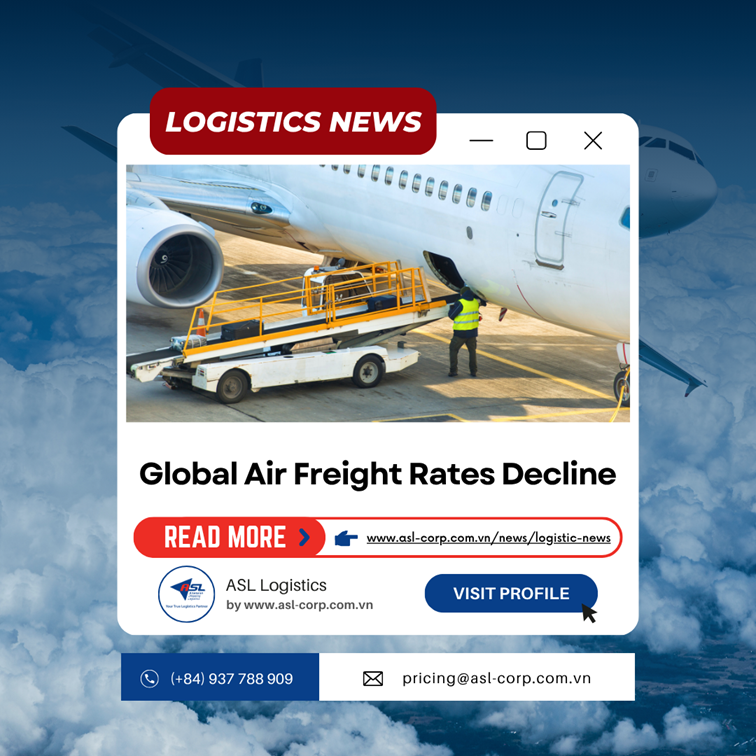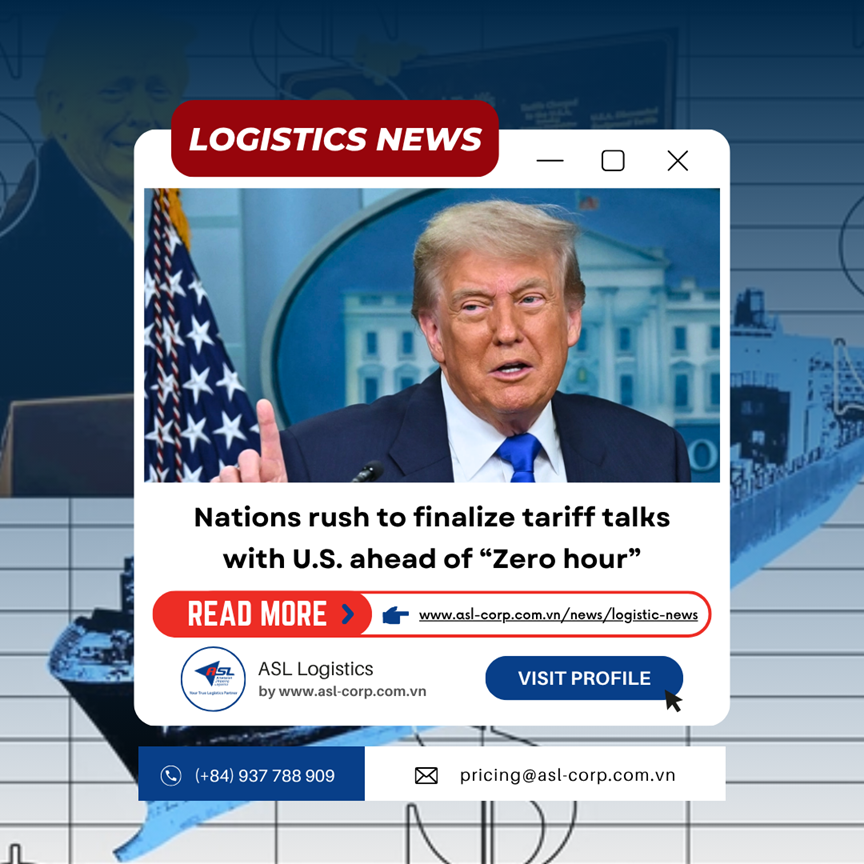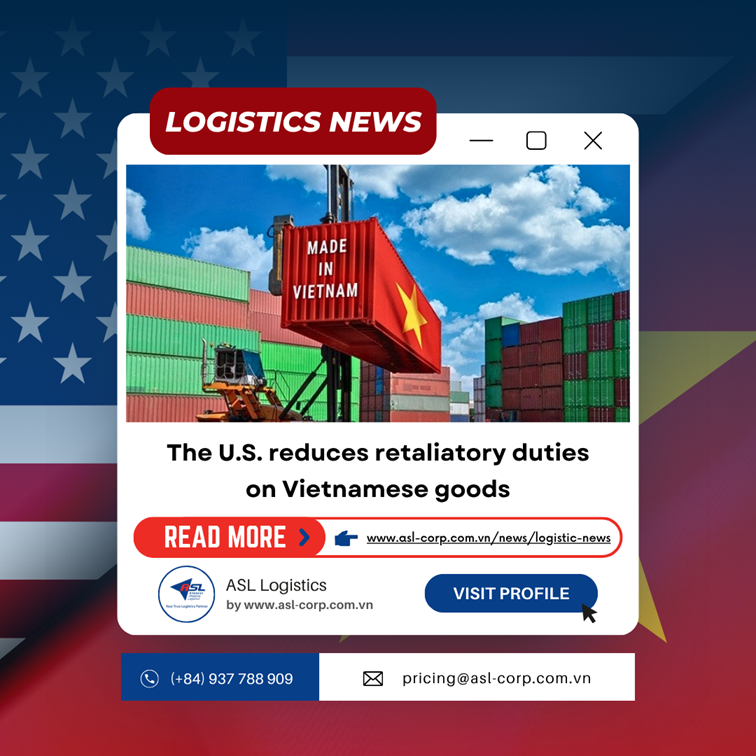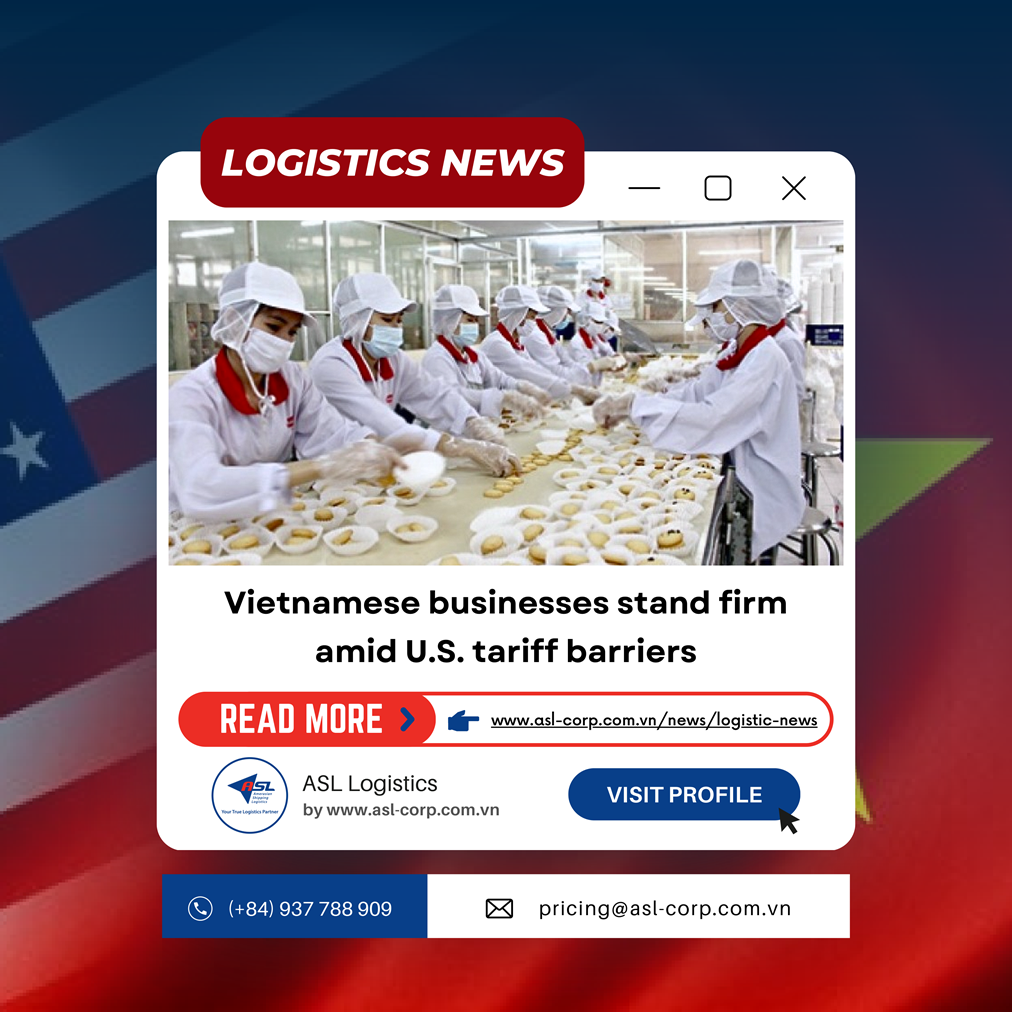Logistic News
GREEN DEVELOPMENT IS A MANDATORY REQUIREMENT FOR LOGISTICS ENTERPRISES
16 July 2024
Going green and environmentally friendly is not simple, there are many barriers to overcome, but this is no longer an option but a must for logistics businesses in the new context...
.jpg)
At the seminar "Developing green logistics, rapid adaptation and announcing FIATA World Congress 2025" held on the afternoon of July 9, Mr. Nguyen Quang Vinh, Vice President of the Vietnam Federation of Commerce and Industry (VCCI), proposed that the Government should develop a Strategy and Planning for logistics development to 2030, with a vision to 2050, focusing on the orientation of developing green logistics and environmentally friendly solutions.
Going green from thinking to policy
The figures presented at the seminar show that, currently, the transportation industry in general contributes 24% of global emissions. In the Vietnamese logistics sector, over 50% is transportation costs, so the amount of emissions is very large. According to the Vietnam Inland Waterways Administration, Ministry of Transport, in logistics activities, transportation costs account for 60-70% of logistics activities.
Therefore, greening logistics is no longer a trend but has become a mandatory requirement for businesses. Mr. Nguyen Quang Vinh, Vice President of the Vietnam Federation of Commerce and Industry (VCCI), said that green supply chain management is closely linked to the management of its links, including green design, green production, green operations, green procurement, green logistics, waste management, etc.
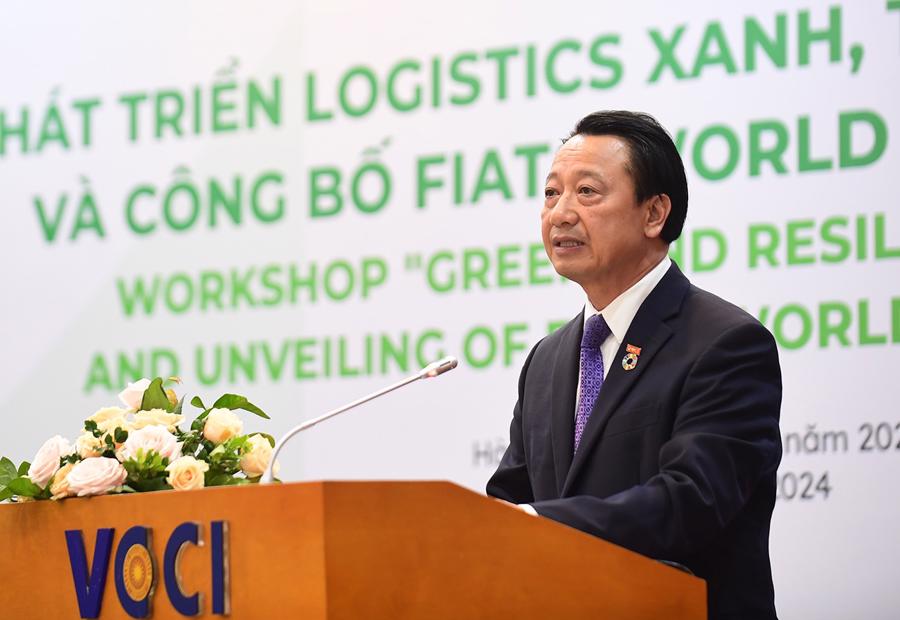
Mr. Nguyen Quang Vinh, Vice President of VCCI delivered a speech at the seminar.
When these links are all “green”, businesses will improve their production and operational capacity, while forming a sustainable green ecosystem around the business. This will create competitive advantages and increase the ability of businesses to adapt, withstand, and recover from market shocks.
According to Mr. Vinh, developing a green supply chain is no longer a story of the future but must be right now, and is no longer a choice but a necessity. Therefore, the Government needs to develop a Strategy and Planning for Logistics Development to 2030, with a vision to 2050, focusing on the orientation of developing green logistics and environmentally friendly solutions.
In particular, the Government needs to have more policies to encourage and promote businesses towards developing green logistics, especially small and medium enterprises, such as: having tax incentives, encouraging the use of alternative energy sources in road transport, encouraging changes in transport modes according to multimodal transport models, building carbon credits to protect and control greenhouse gas emissions...
Ms. Pham Thi Bich Hue, Chairman of Western Pacific Group (WPG), recommends that in addition to energy transition in transport, there needs to be synchronous planning between manufacturers and logistics centers to help optimize transport routes. In this solution, government regulation is the most important and obvious issue.
On the other hand, the Government needs to continue to support and promote the development of renewable energy associated with green logistics. For example, 1 hectare of warehouse can invest in 1 MW of renewable energy, equivalent to 20,000 trees and reduce about 1,400 CO2 emissions.
On the other hand, the Government needs to facilitate trade, simplify administrative procedures, and create maximum conditions to support businesses in the process of digital transformation and green transformation.
According to Mr. Stanley Lim, Secretary General of the ASEAN Transport Federation, creating a sustainable and resilient economy is an urgent issue for each country. To do so, each Government must have a leadership role in all sectors and relevant parties, not only through support but also with policies for specific sectors, including logistics, manufacturing, and other service sectors.
“This is a story related to the mindset, which must change to adapt to global competition. On the contrary, businesses must improve their capacity and responsibility in participating in sustainable logistics,” Mr. Stanley Lim emphasized.
What approaches for Logistics enterprises
For Vietnamese logistics enterprises, where should we start to green when in the world, many large logistics enterprises such as shipping lines, seaport enterprises... have a roadmap to reduce greenhouse gas emissions and convert to green energy earlier than the roadmap of committed countries.
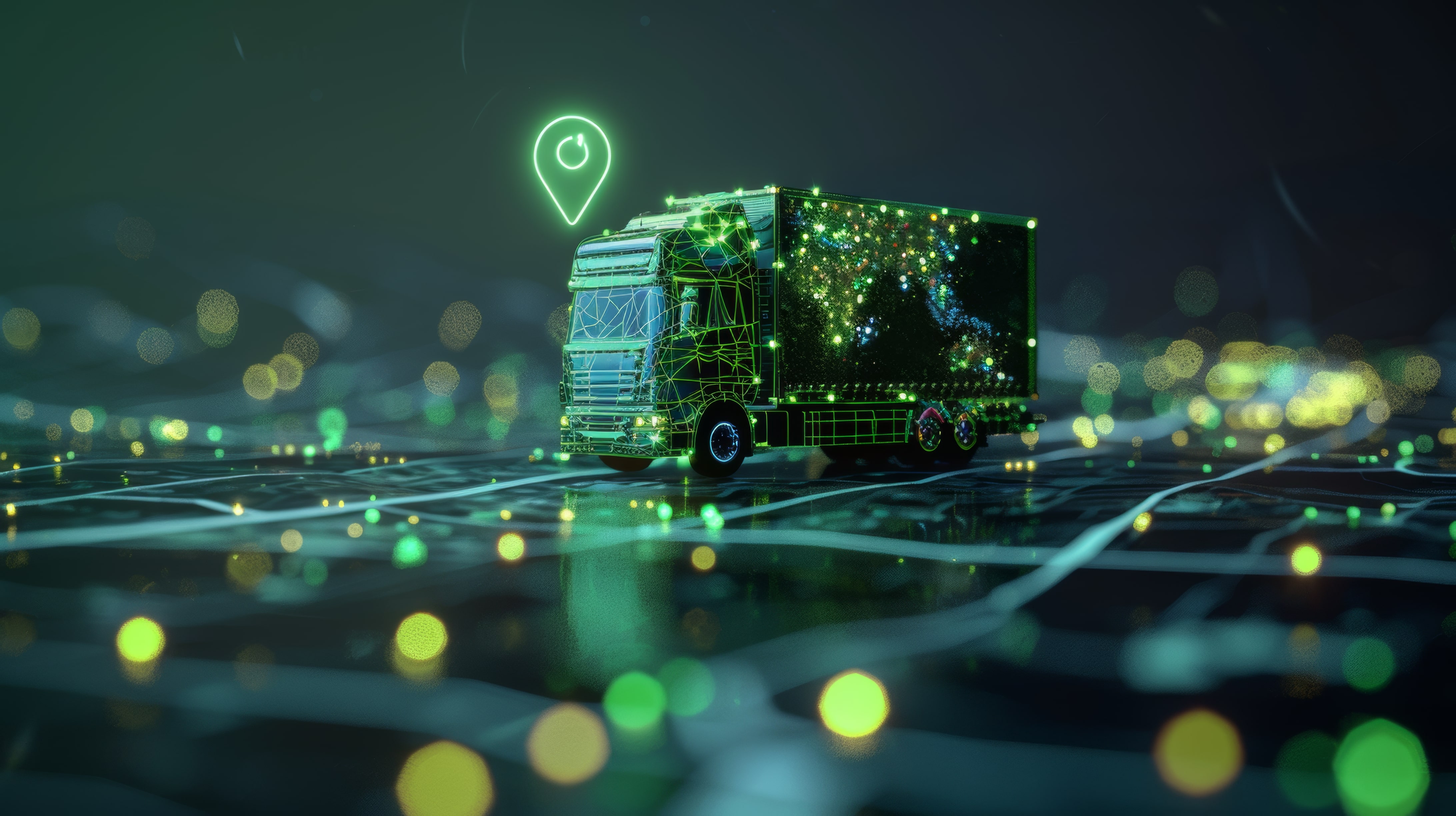
Mr. Tran Thanh Hai, Deputy Director of the Import-Export Department (Ministry of Industry and Trade), said that green transformation in the logistics industry needs to focus on energy conversion with energy-using vehicles.
This is still a difficult and challenging problem for businesses. Because currently, small passenger vehicles have initially switched to using renewable energy. However, large freight and transport vehicles have not yet switched to renewable energy.
According to Mr. Hai, businesses can find ways to save energy during operations, such as using vehicles with higher efficiency. At the same time, businesses also need to improve performance and efficiency in the work process. This is a factor that contributes to improving the ability to quickly adapt to the new context.
In addition to the role of the Government, according to Mr. Stanley Lim, General Secretary of the AÁEAN Transport Federation, associations also play an important role, with the responsibility of training and improving the capacity of businesses in the industry, each position, each person must improve their capacity and skills... Only then can we transform, take advantage of technology, reduce carbon emissions, reduce operating costs, thereby improving production capacity and increasing revenue.
According to the Vice President of VCCI, businesses need to quickly develop and supplement strategies to suit the green and sustainable development orientation in current production and business activities.
For businesses that have been interested in investing in green logistics development, even identified the goal of developing green logistics in the business strategy, it is necessary to regularly review the content of the strategy and the implementation status of green logistics development to make appropriate adjustments, in accordance with reality.
In addition, it is necessary to seek support, encouragement and incentives from the Government and organizations to effectively utilize logistics infrastructure, creating competitive advantages in production, operation and transportation. Promote the application of technology, develop new energy sources and use environmental protection means to promote clean and efficient development.
Nguồn: VNEconomy

Head Office
ASL Hồ Chí Minh
Số 31/34A Ung Văn Khiêm, Phường Thạnh Mỹ Tây, TP. Hồ Chí Minh, Việt Nam
 Công Ty Cổ Phần Giao Nhận Vận Tải Mỹ Á
Công Ty Cổ Phần Giao Nhận Vận Tải Mỹ Á
 (+84)28 3512 9759
(+84)28 3512 9759
 (+84)28 3512 9758
(+84)28 3512 9758
 pricing@asl-corp.com.vn
pricing@asl-corp.com.vn
 mdirector@asl-corp.com.vn
mdirector@asl-corp.com.vn
 www.asl-corp.com.vn
www.asl-corp.com.vn
LOGISTICS SERVICES









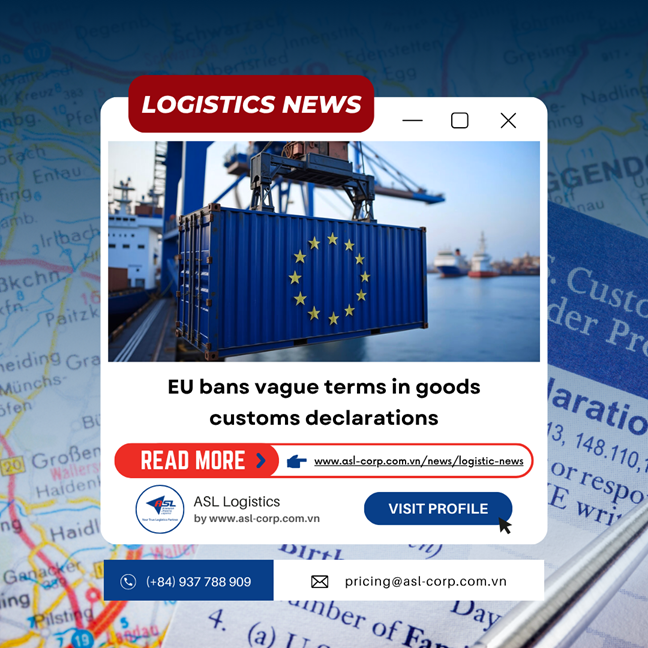
.png)
.png)

.png)

